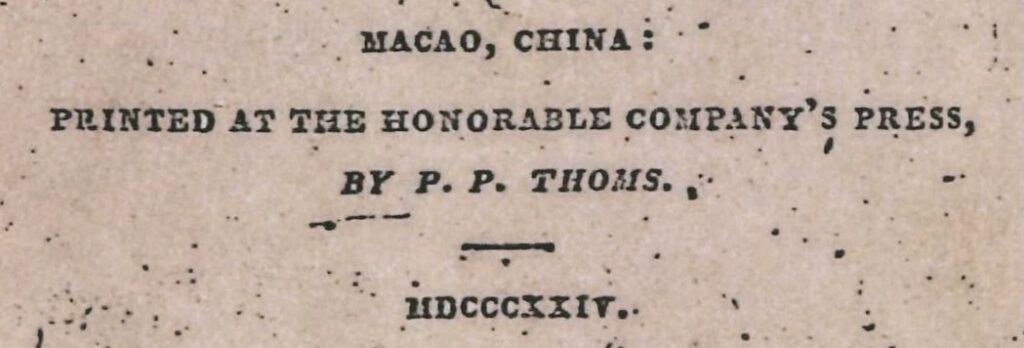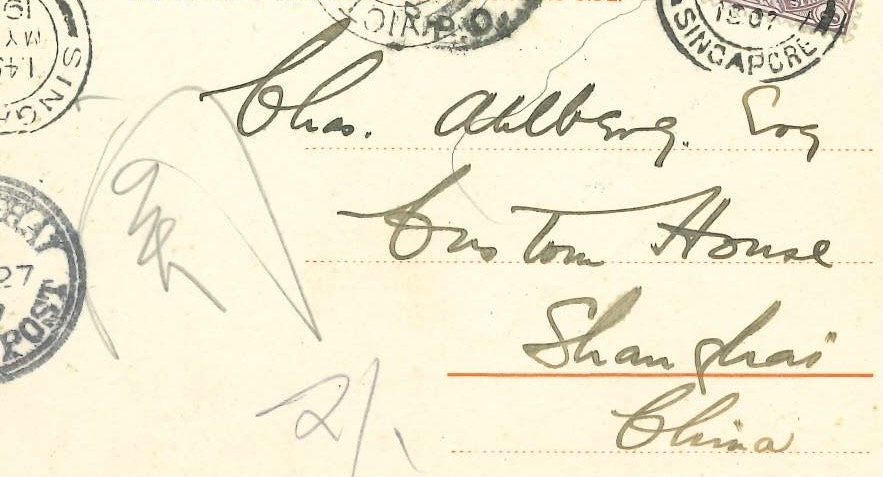29. Kismas chop chop come
The Victoria Harbour has been a well-known attraction of Hong Kong. The skyline of the Hong Kong side, from past to present, is an everlasting motif of postcards. The postcard above was a popular greeting card showing the view of the Praya of Hong Kong. At the bottom was a short verse composed in Chinese …









